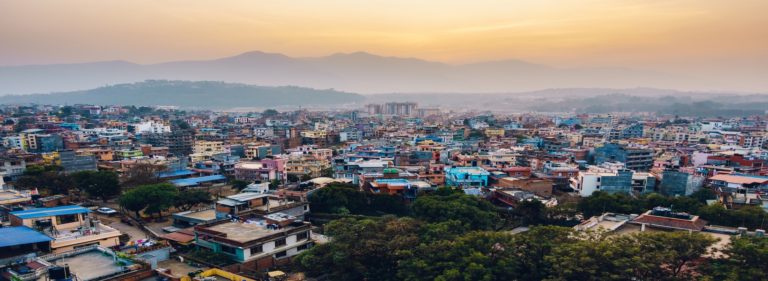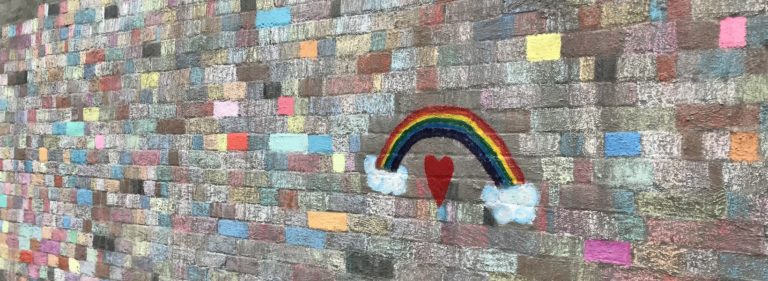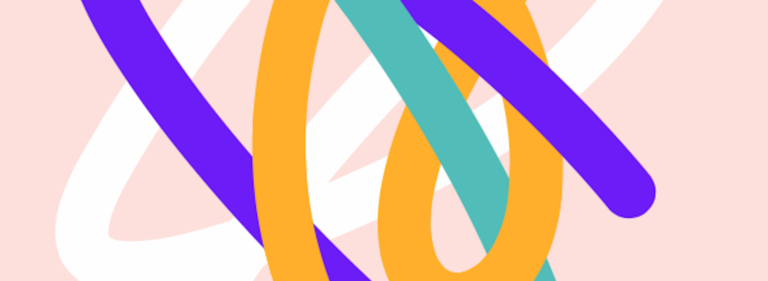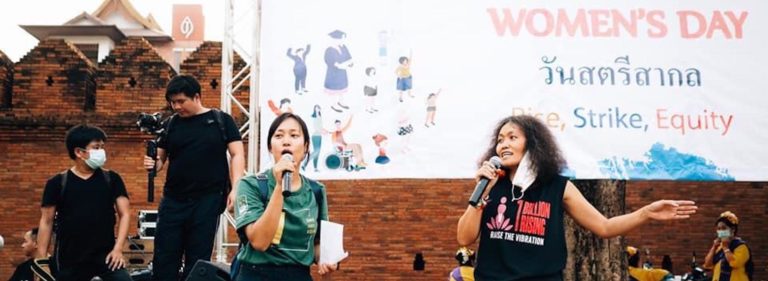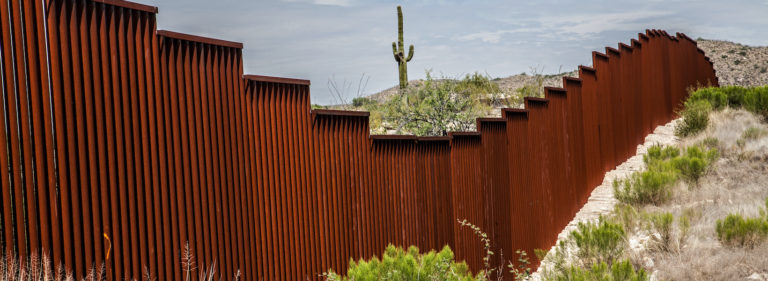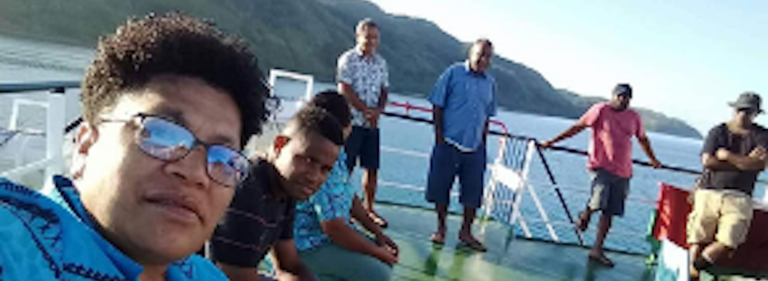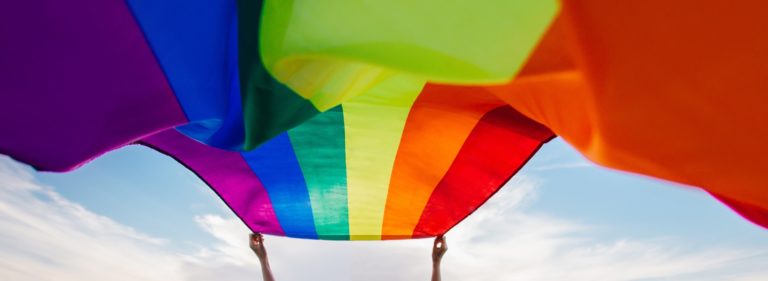One of our diverse SOGIESC #RealLifeHeroes is Matcha Phorn-In, a lesbian feminist women human rights defender in Thailand. Matcha (she/her) lives in Mae Hong Son Province, Thailand, and is the founder of Sangsan Anakot Yawachon Development Project, which supports ethnic minority children–many of whom do not have citizenship in Thailand–through educational programs, identity exploration, and scholarships. Matcha is a lesbian feminist human rights defender.
Tell us about you and the work that you do.
I am a Lesbian Feminist Women Human Right Defender, committed with a strong passion to build peoples’ movements to advance human right, Gender and SOGIESC justice. I have 15 years experiences of working to empower youth and the people from the most marginalised community including LGBTIQ+, indigenous people, ethnic minority, young women and girls, stateless, undocumented refugee, sex workers, persons with disability and migrant workers. I also advocate for family equality for LGBTIQ parents. I founded an organisation that I am leading at the moment, Sangsan Anakot Yawachon Development Project. I am also the Regional Council Members of the Asia-Pacific Forum on Women, Law and Development (APWLD), the Board Member of International Family Equality Day (a network that advocates for LGBTIQ+ family equality), and the former Board Member of ILGA Asia (an LGBTIQ+ rights network for Asia region).
15 years ago, I was a university student and I did research in schools. I learned how the education system was oppressive towards indigenous students, and how society discriminated indigenous people. The young people that I worked with faced many challenges. Their village is located at Thailand-Myanmar (Karen-state-border), an ongoing armed conflict area that is highly controlled by military and authorities.
Their village also faces regular disasters. It gets very dry during the dry season and it gets flooded during the rainy season. Landslides also happen regularly. On top of that, the people from both sides are not considered as indigenous or people who own the land, but stateless. They did not get much support and protection from the Government. The oppression, discrimination and exclusion continue until this very day.
My organisation worked on the empowerment of more than 3,000 young indigenous people through human rights education. We also provide scholarship supports for more than a thousand indigenous students where nearly 60 have graduated from different universities and slowly returning home as a change maker. We use gender & SOGIESC justice and the intersectionality approach.
How did you connect with Edge Effect?
I met Lana and Emily at the Pride in the Humanitarian System (PiTHS) Asia Pacific Regional Consultation in 2018. Prior to that, I met Lana at the Asia Pacific Rainbow Family Forum that is pushing to advance LGBTIQ rights to family, and last year, we met again at the Global LBQ+ Women Conference at Cape Town. Now, I am one of the members of the Regional Advisory Group for one of Edge Effect’s project to follow up the PiTHS consultation.
We don’t just engage in humanitarian issues; we also engage in development and LGBTIQ+ rights. Our feminism deeply connected us, and we often discussed how we can use the intersectionality approach to address the barriers that we are facing.
What inspires you to advocate for social change?
My experience as a woman and an LGBTIQ+ person. As a poor, young woman coming from an ethnic minority who was raised by a single mother, I faced a lot of bullying at school. I almost dropped out of school because my mum couldn’t pay for my school fee. I worked as child labour over the weekend when I was 9. I was lucky to win a scholarship so I could pursue my university degree. Yet, I continue to face a lot of discrimination at school and university for being an Ethnic minority Lesbian.
At university, I learned about oppressions, engage with different activists and organised human rights training for university student activists. After university, I started working in border areas for stateless-child-beggars. Then I took a one-year graduate volunteer program, at the Thammasat University and that’s how I started my research and my organisation. Throughout the years I learned that a lot of LGBTIQ+ face similar issues as me. So, it’s crucial for young LGBTIQ+ to advance their rights as a citizen, to fight for their own future.
What is your experience with humanitarian disasters?
The early years of my work at the village, around 14 years ago. Some of my students told me that they lost their homes to a landslide. I was wondering if they could get any support from the Government, and of course, they couldn’t as they are holding stateless status and they not recognized as a Thai citizen. Some people died from that landslide, but the government still did not support them. I felt something was wrong, but we couldn’t do much. Now, the landslides have repeatedly happened, and the government still don’t do anything about it.
Our Government seems to not consider Thailand as a country at risk of disaster. They are not learning from the 2004 Indian Ocean Tsunami. They don’t prepare us about this, so there are a lot of casualties every time a disaster strike. When the 2014 Mae Lao earthquake occurred in Northern Thailand, the Government couldn’t respond, and the people did not know what to do. It was shaking for days. Last year, millions of people in the province I was born at, Ubonrachathni at the North-East of Thailand, had a month-long flood. The Government did not respond or provide support for the people during that crisis.
How long have you been involved in this work?
I’ve been doing this for over 15 years.
What are some of the challenges you face in advocating for more inclusion in the humanitarian system?
First, we don’t talk enough about the community and the intersectionality. For example, the people that I work with are indigenous, they are situated in an armed-conflict area and they are stateless. They are very far behind in accessing any government support. We need to build this understanding at local, national, regional and international levels.
The second barrier that humanitarian actors do not understand the concept of colonisation. The indigenous people in Thailand are internally colonised. The indigenous people are acknowledged by the community as someone else in their own land. So, the socio-economic-cultural barriers are not recognised, and these people are not involved in any policy development process where they are impacted the most. They stay in a forest, later it established as a national park and their movements are restricted by the national part act. When any disaster strikes, they get the blame. Many people still blame them for global warming. At the same time, the Government and the Private Sectors (big development players) continue to extract national resources and took control of lands from the indigenous people. The community do not have access to spaces to speak up and to participate in the development, so they are victims of development as the government do not consider them as owns of their motherlands.
There are also SOGIESC specific barriers. First, the community that I work with believe that there is only men and women. So, a lot of LGBTIQ+ face violations from their community and family. When there is someone not conforming to gender norms, they are not getting any protection.
Second, when the community face disasters, they need to blame something/ because they cannot deal with it. There are incidents when they blamed communities who break gender-sexuality norms, and that LGBTIQ+ brings bad luck to the community.
After PiTHS Consultation, I started to conduct a feminist Participatory Action Research (PAR, supported by APWLD) to empower women LBQT to lead the research, to advance their land rights and SOGIESC rights. The PAR process allowed mothers and young LGBTIQ+ to work together to address the challenges that they face such as stateless people who cannot own the land, indigenous people who lost their land, landslide and flood and the role of the Government, LGBTIQ+ protection during a crisis, etc. That is how we promote the inclusion of gender and SOGIESC. When Covid-19 started, the youth LBQT participants of the PAR organised Covid-19 PAR processes in their community to respond to the crisis.
If there was one change that you would like to see for LGBTIQ+ people, what would that change be?
There is one family we work with. Their mother is one of the woman researchers. She has two children, one of them is a bisexual and the other one is a transgender. Two years ago, the mum said that she did not accept her child and she did not agree if her child change genders. The two youths were involved as change-makers. They advocated at the national level with us, they also advocated for their community, and of course, their mum. Now, their mum has accepted them. Two weeks ago, they spoke to 50 people on the challenges they faced for being LGBTIQ+, they also spoke out on their social media, their family is now out & lout that they support their LGBTIQ+ children.
The LGBTIQ+ youths also took part in our lobby efforts at the parliament last month. Our community were desperate for food and support due to the Covid19 pandemic. We submitted a report to UN Special Rapporteur on the Rights of Indigenous People. Our advocacy finally gained positive results. We got financial support from the government for 50 stateless families and 180 families received care packages. Over the next 2 months, we aim to bring the members of the parliament for a dialogue with the community on all the issues that they are facing. They need to experience it because, at the end of the day, they must provide regular support for the ±1,300 individuals (±200 households). They cannot
To sum up, my desired change is acceptance, acceptance from families and communities. In order to get there, our needs must be addressed, our voices must be heard, and dialogue is the key. We will continue to claim our spaces at local, national, regional, and international levels.
What are ways can humanitarian and development organisations support LGBTIQ+ inclusion?
First, many humanitarian/ development actors do not understand the community. They sometimes even have homo/trans/bi-phobia. For example, if you don’t understand about gender inequality, you will always give the money to the husband, the head of the household which never considers women. The problem is, most of the time, the husbands will not respond to the needs of women and children. The husbands will buy something that they think is important for them. Humanitarian/ development actors need to start giving money directly to women because their needs are different, what is important to them is different. Most humanitarian/ development do not acknowledge it, and this is a big problem. Secondly, when they invite community members, LGBTIQ+ are often not acknowledged as part of the community. They don’t get protection or help because they are excluded from their family and community.
So, it’s time for everyone to learn from each other about SOGIESC inclusion and equality. Understand it, practice it, and show results that what you do has positive impacts on LGBTIQ+ and women. Humanitarian/ development actors need to fully accept diverse gender and SOGIESC inclusion.
Finally, inclusion is not just about gender and diverse SOGIESC, youth voices also count. We must engage, empower, and create opportunities for youth, young women, young LGBTIQ+ as they are the heart of the future, the heart of development and humanitarian works.
